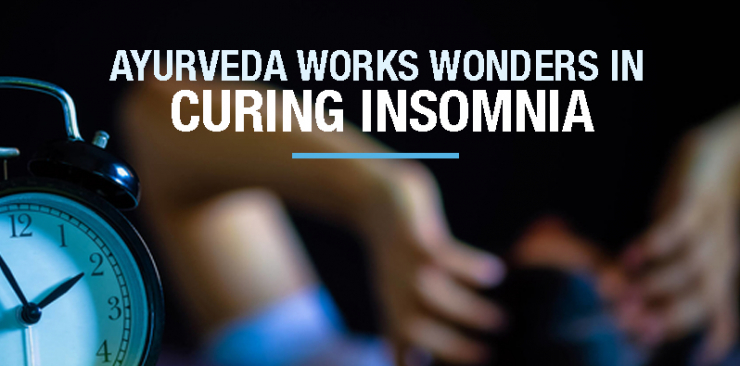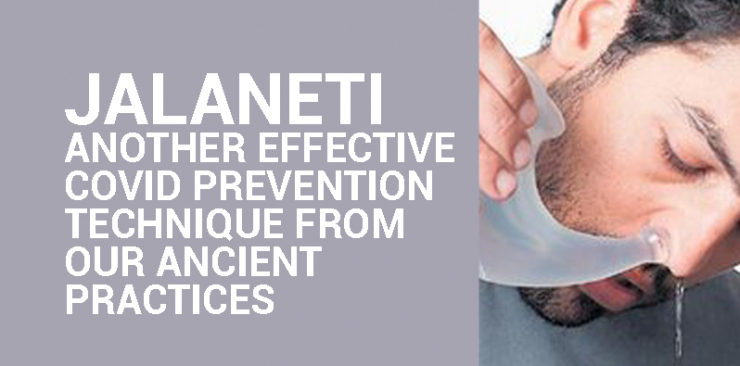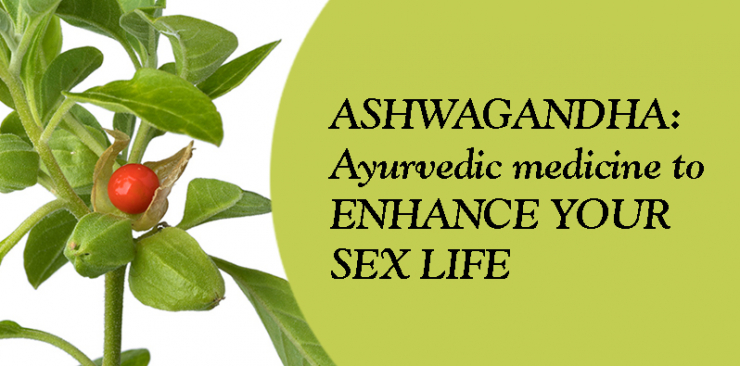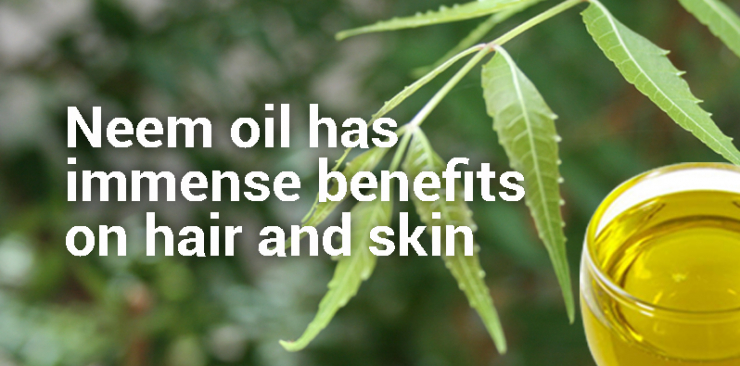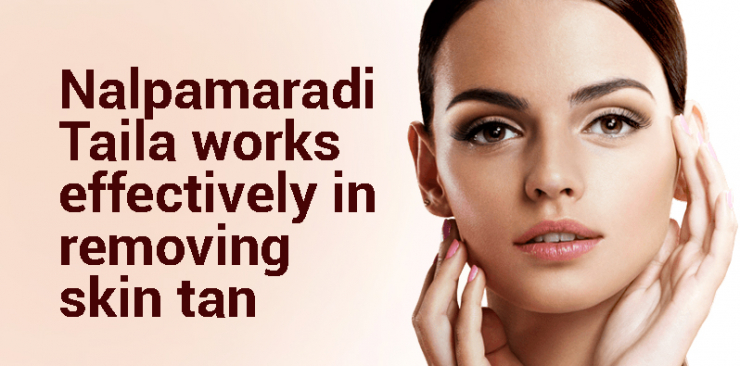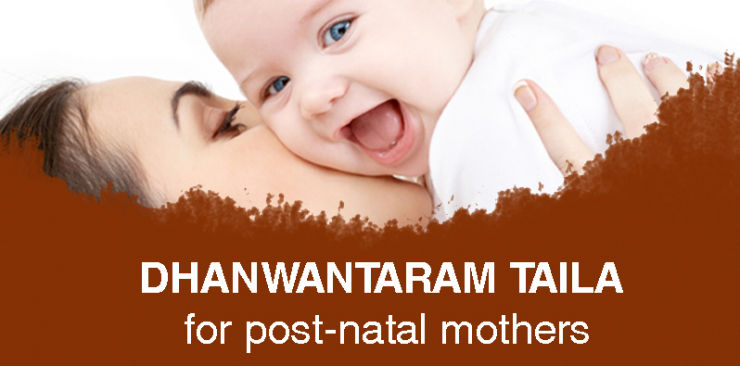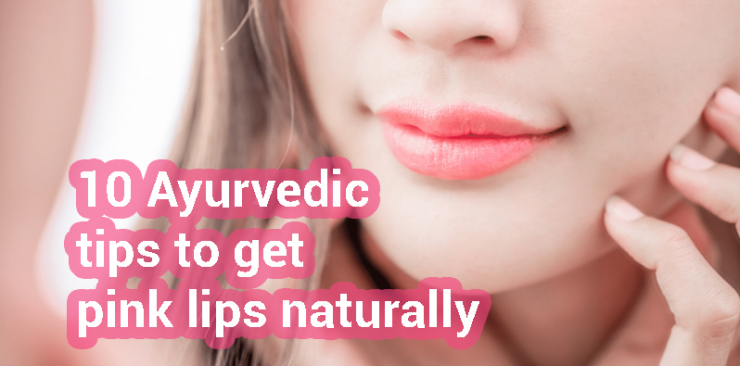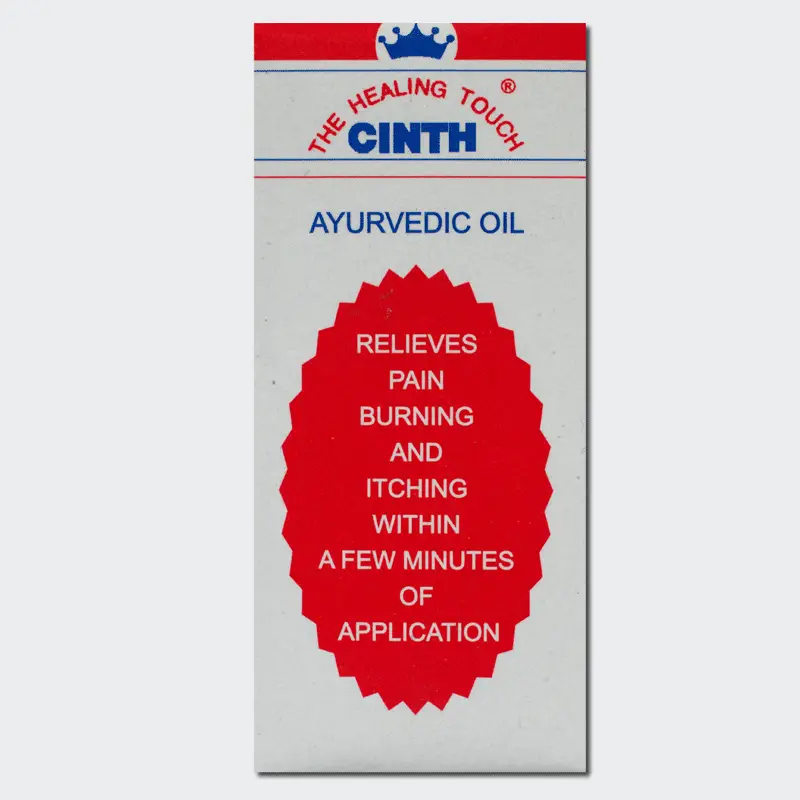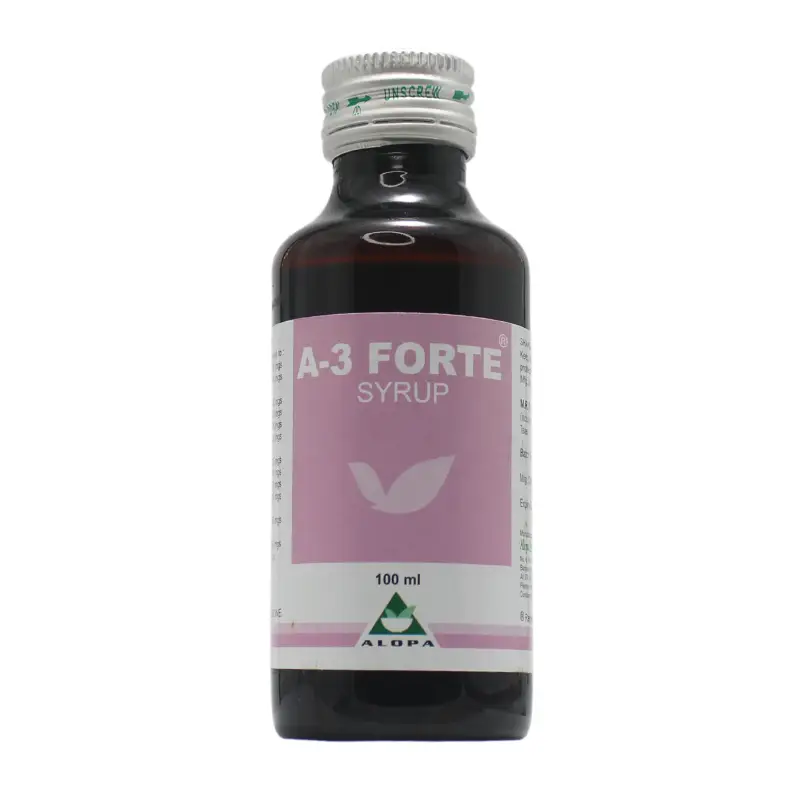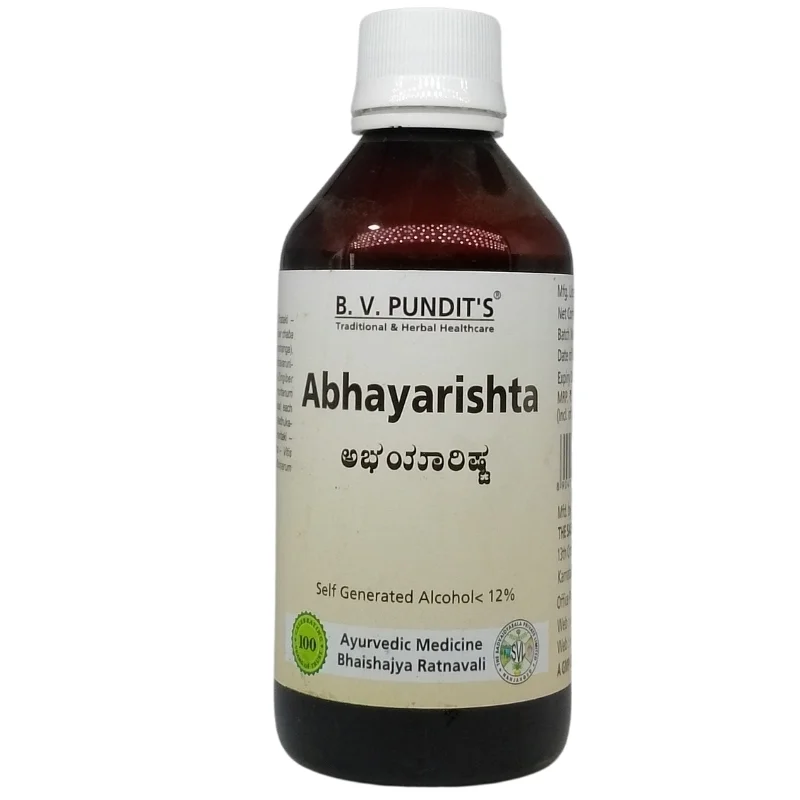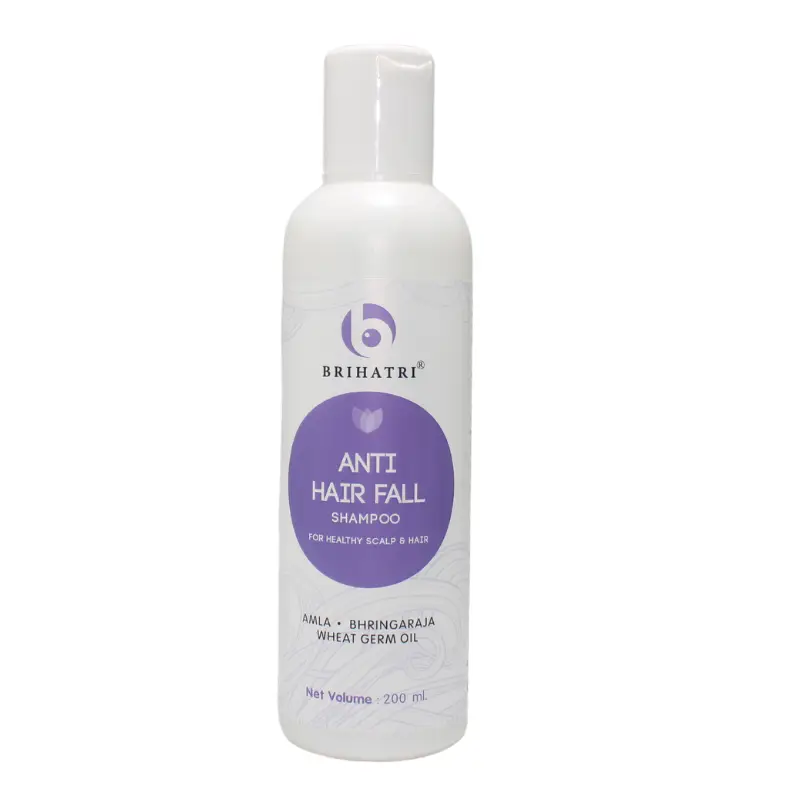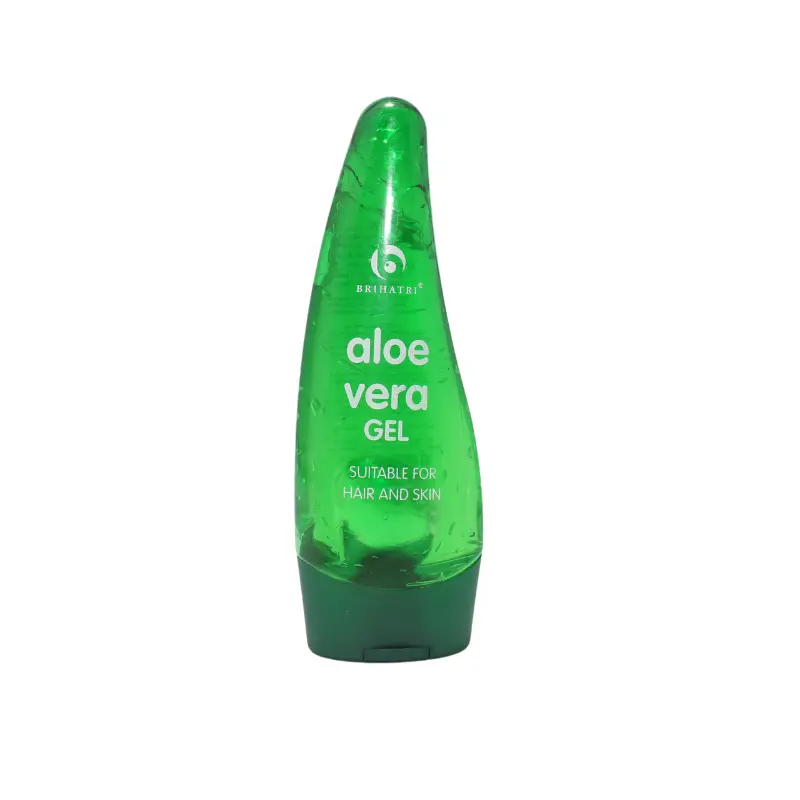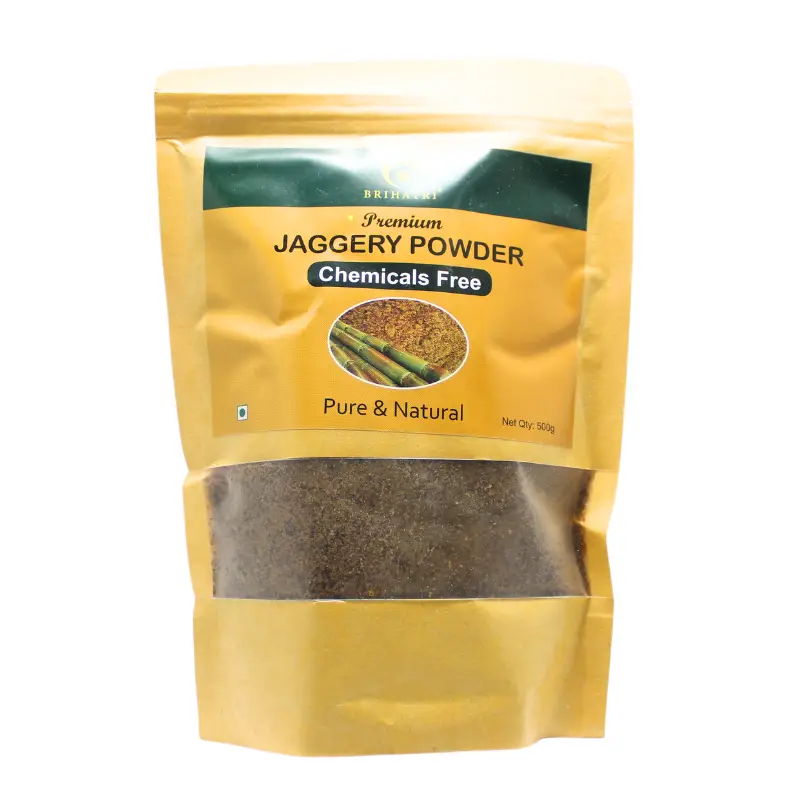AYURVEDA WORKS WONDERS IN CURING INSOMNIA
Have you been struggling to sleep at night? Are you sleeping at wee hours of the night? Then you may be an insomniac. Among many reasons, stress and anxiety are most common reasons that lead to insomnia. This sleep disorder may have major impact on your productivity and quality of life.
Ayurvedic perspective on insomnia and its causes
In Ayurveda, insomnia is described as a condition that is caused by degradation of the Vata dosha. According to Ayurveda, when we have excess Vata and our minds are full of too many thoughts, it is impossible to relax. When Kapha functions normally it gives us healthy sleep. Ayurveda describes three qualities of mind as Satva, Raja and Tama. While Raja gives us interrupted sleep, Tama is essential for healthy sleep. Problems like anxiety, rage, envy, stress, etc increase the Raja property of our psyche, which in turn, lead to insomnia.
Disorders like hyperthyroidism (overactive thyroid gland), rheumatoid arthritis, restless legs, menopause, etc are caused due to increased Vata. These disorders also lead to insomnia. Reduced Kapha due to improper diet and malnutrition, weakness, chronic exhaustion and degenerative diseases also cause insomnia. Indigestion, heartburn, frequent urination, etc. may also lead to disturbed sleep. Unhygienic place to sleep, loud noises, bright light, etc. also cause insomnia. All these cause, directly or indirectly increase Vata, Kapha and Raja and lead to insomnia.
Ayurveda suggests calming Vata dosha and Raja and restoring the normal balance of Kapha and Tama properties. The ancient method of medicine suggests addressing the root cause of the problem, which will eventually help in relaxing our minds and giving us sleep. It recommends some changes in lifestyle and some herbs that can cure this sleep disorder.
Ayurvedic remedies
Good diet: A good diet is the first step towards healthy sleep. A deficit in Tama and Kapha due to increase in Vata and Raja is found in people who suffer from insomnia. So it is important to eat foods that promote Tama and Kapha, especially at night. Foods like buffalo milk increases Kapha and Tama naturally. Foods like raw onions increase Raja. Coffee, tobacco, nicotine increase Vata and Raja, while sesame oil reduces Vata dosha and calms the mind.
Therapies: There are a number of specific Ayurvedic therapies and treatments that are effective for insomnia. These therapies restore the imbalance of doshas. Treatments like Shirodhara helps treat insomnia. It is a treatment when medicinal oil, milk, buttermilk, Kanji, etc. are poured on the forehead.
Shirobhyanga is a therapeutic head massage to treat psychological or mental problems. The therapy uses medicinal oils for the massage of scalp and hair.
Netra tarpan is another therapy involving the eyes. It relieves stress symptoms.
Anjana also treats the eyes with medicinal kajal that helps to induce sleep. Abhyanga is a massage of the whole body with medicated oil that helps to remove toxins and soothes the body and mind.
Sleep inducing herbs
Brahmi or Bacopa calms emotional turbulence, helps improve concentration and alertness, and induces sleep. Known as brain tonic in Ayurveda, it cures digestion problems as well. It also improves blood circulation, and heals the body’s natural healing process.
Shankhpushpi: This herb contains flavonoids, glycosides and alkaloids that soothe the nervous system and relieve mental fatigue. A natural tranquilliser for anxiety neurosis, the herb helps in sleeping better.
Vacha’s calming properties help the brain, cure tension and treat insomnia. This herb works as a coolant and relaxes the nerves, thereby inducing sleep. Known as a nervous system tonic, it wards off stress and other issues.
Sarpgandha or Indian Snakeroot contains more than 50 alkaloids that help in reducing high blood pressure or hypertension. This, in turn, induces sleep.
Ashwagandha promotes sound sleep. Studies have found an active compound known as triethylene glycol is present in this herb, which works wonders to induce sleep. Ashwagandha also treats anxiety, stress and exhaustion.
Besides, lifestyle changes, herbs, Pranayama and specific yoga postures, Ayurveda also suggests effective herbal medicines like Nidramitra for treating insomnia.
Nidramitra for insomnia
Nidramitra is an Ayurvedic proprietary medicine manufactured by Brihatri. It is a rational blend of herbs which induces sound sleep and enhances the quality of sleep. This safe formula is non-addictive and has no side effects. Nidramitra is effective in curing insomnia, disturbed sleep, as well as stress.
Dosage
It is recommended that you take 2 tablets before bedtime or as directed by your physician. Please note, it is essential to acquire a physician’s prescription for buying Nidramitra

